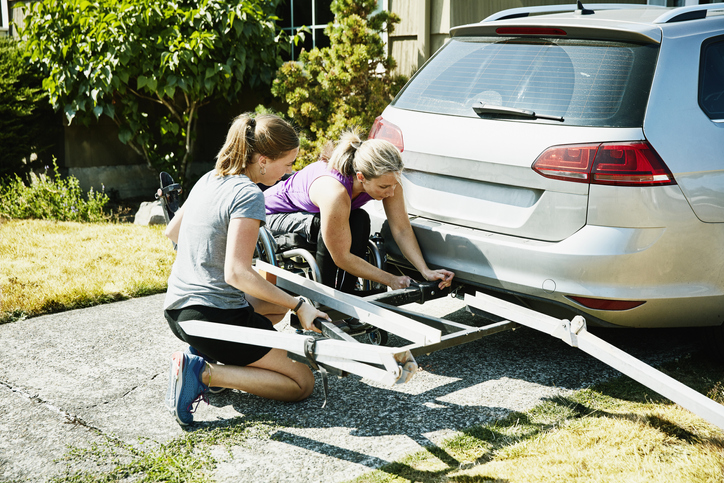Transportation
Access to affordable and reliable transportation allows people with disabilities important opportunities to go to school, work, take care of their health, live where they desire, and participate in all aspects of community life.
Because our nation’s investments in transportation infrastructure have disproportionately favored vehicles and highways, those who cannot afford vehicles or do not drive often lack viable transportation options. People with disabilities and older adults are less likely to have a valid driver’s license and are more likely to need transit. While laws like the Americans with Disabilities Act (ADA), the Air Carrier Access Act, and the Rehabilitation Act are there to address public transit issues for people with disabilities, regulation and enforcement are overlooked and disabled travelers needs are still ignored. People with disabilities’ have the right to access mass transportation facilities and services, including across rural communities.

Facts and Figures
In 2017, over 25 million Americans with disabilities age 5 and older reported difficulty accessing the transportation they need, and more than 3 million said they were homebound as a result
In a 2018 survey of adults 25 and older, people with disabilities were more than twice as likely as people without disabilities to report some level of transportation insecurity
In 2021, $7,239 wheelchairs or scooters were lost, damaged, delayed, or stolen on the country’s largest airlines according to the air travel consumer report
2021 survey conducted by AbleMove reports that out of over 300 wheelchair users, 43% say they no longer fly due to their past experiences
